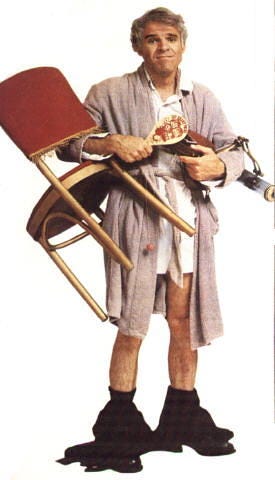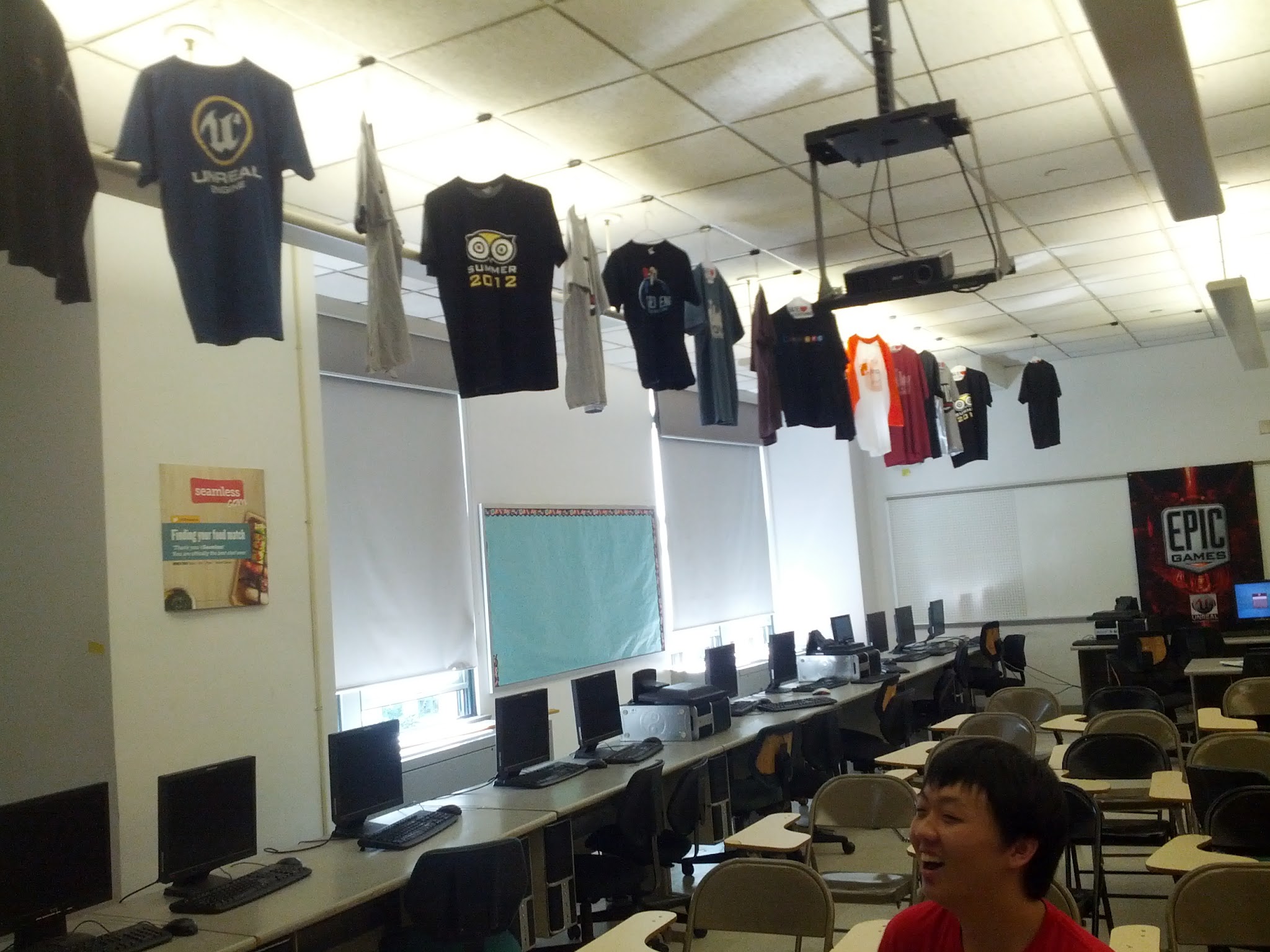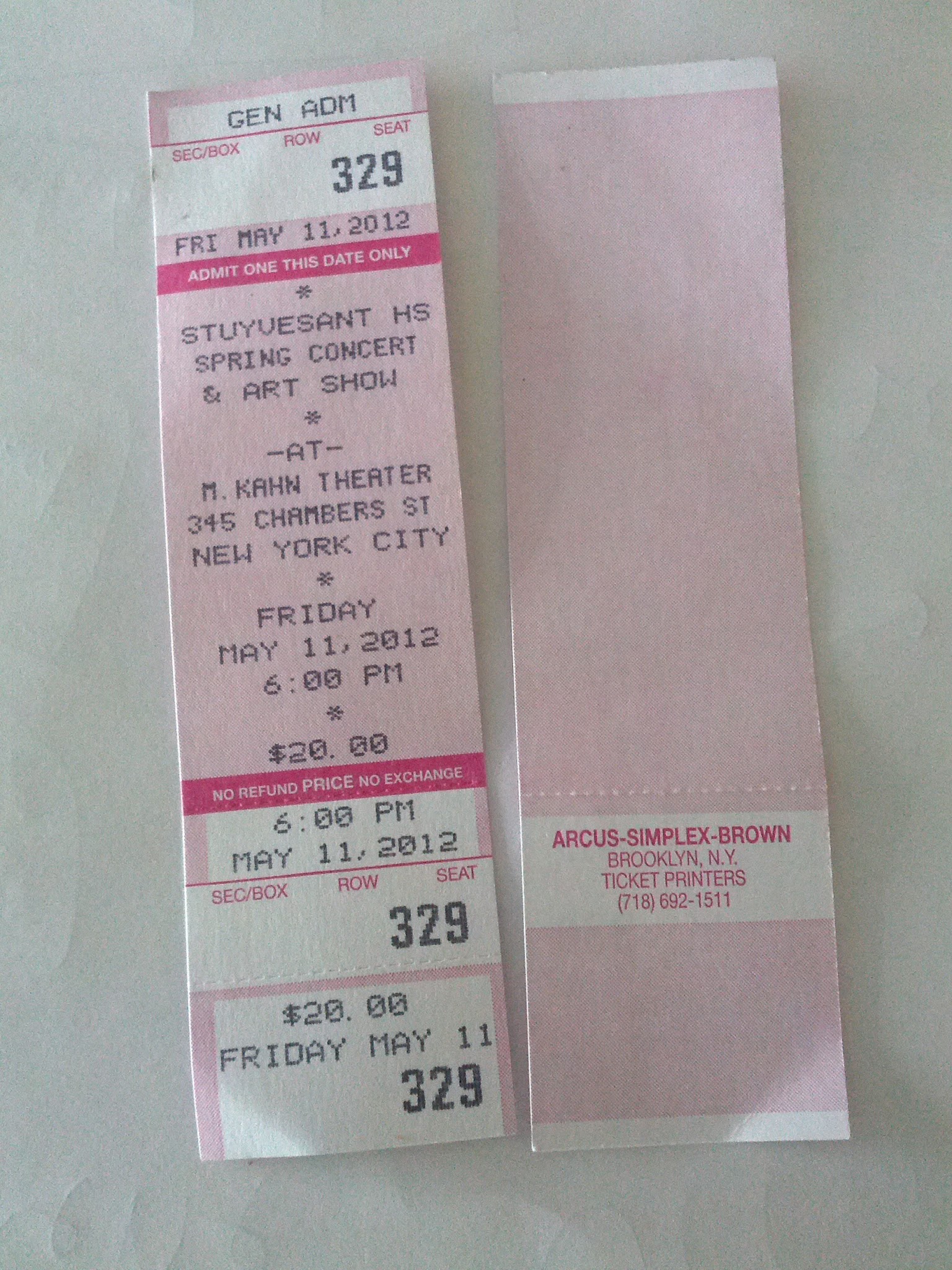Blight Move
It was Jon and Amy's wedding. Jon was my student back in the day so there were a handful of Stuy alums there to celebrate the occasion. Some, like Jon, I had stayed in touch with and now count as friends. Others, I knew but hadn't kept up with.
I was with a cluster of guests and for some reason the conversation turned to chess computers. I started telling a story about the my former teacher Herb Greenhut's Talking Chess Challenger computer. You would type in your move using modern algebraic chess notation using a kaypad and the program would not only respond by displaying it's move in said notation but also speak it in it's best War Games voice.
D5 TO E6 - PAWN TAKES ROOK
Herb had a friend Dan, who was a decent chess player but nowhere good enough to compete with someone at the theoretical level of the Chess Challenger at it's higher levels. Even so he came up not only with a way to beat the computer but also to cause it to have a nervous breakdown.
Dan figured that the computer assumed a sensible opponent so when it considered its next move it built a tree assuming the human player would try to find strong moves. Dan would play crazy outlandish moves so that the computer would have to spend all its time working through game trees and then settle on a bad move having not found the right move path. Dan didn't know anything about computer science, search trees or Alpha Beta pruning but he was a smart guy and just figured it out.
At one point, he made a crazy move and the computer responded something like "C4 TO E5" and all of a sudden, I hear blurted out from a voice from across the wedding reception "BLIGHT MOVE!!!!!!!!"
I looked over and it was Mikey, a former student who I had not kept in contact with who had finished the story. What had happened is that the computer had started to create new pieces. In this case a "blight" which we eventually determined could move as either a bishop or a knight.
The cool thing to me was that this was a dumb story I told my classes in 1994 or 5 and here we were some twenty years later and Mikey remembered it.
You really never know what your students will remember about you or your classes years into the future.
I was reminded of this when I saw this tweet the other day:
For anyone wondering, this poll was in response to the quote:
— Adam Boxer (@adamboxer1) September 15, 2018
"They may forget what you said, but they will never forget how you made them feel." https://t.co/QHMXTxjeLA
I don't know the context of the quote but Adam Boxer's reply in the tweet stream seems to indicate that it comes from the thought that they won't remember the content so it isn't important as long as the kids feel good about themselves. The truth is that as a K12 teacher we're responsible for both the students development in the subject and also as a person and while people might not remember the name of the teacher that taught them anything in particular and in spite of people saying they learned "nothing in school" the truth is there's quite a bit that most people do learn from their teachers.
In terms of how students feel, I'm guessing there are some kids who felt that I made them feel smart or capable and probably some that I ended up inadvertently turning off but the majority probably didn't feel much of an impact in terms of how I made them feel.
On the other hand, it's pretty amazing the range of things they do remember. Some academic, some ancillary, some just plain silly.
I heard through a secondary source that Liz, mamy years out still remembers the recursive sock puppets I use. Since Liz is a successful software engineer I'm guessing she remembers the recursion as well.
Blake told me last year that the short edit, save, test, commit cycle I used made an impact on him. That's something I mention but really mostly model in class.
A couple of years ago, when out in California, I was visiting with Pawel who was in my class in the early 90s. He reminded me of a lesson that really made an impact on him. It was on a day when I decided to throw the planned lesson out the window and ended up working thorugh how I would approach and try to solve one of the recent USACO problems going from reading the problem to working solution.
Of course they all remember the Halloween costumes but that's neither here nor there.
I've had students tell me other things they remember. Sometimes, I don't even recall saying them. That's an important point. It might be a throwaway line for us as teachers but it can have a huge impact or at least be really memorable for the listener.
It's just another reminder of the impact we can have and the responsibility we must take seriously as teachers.










